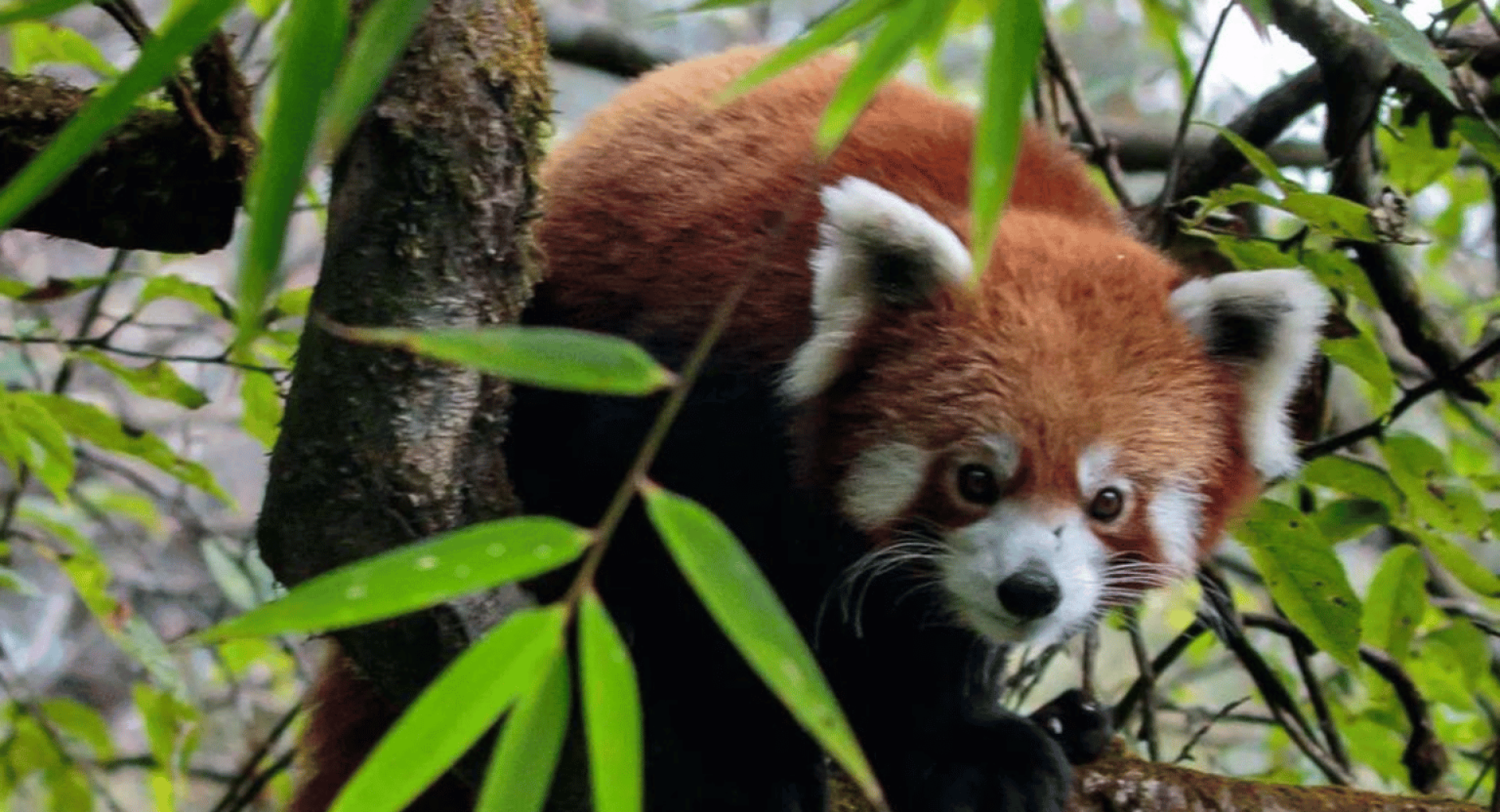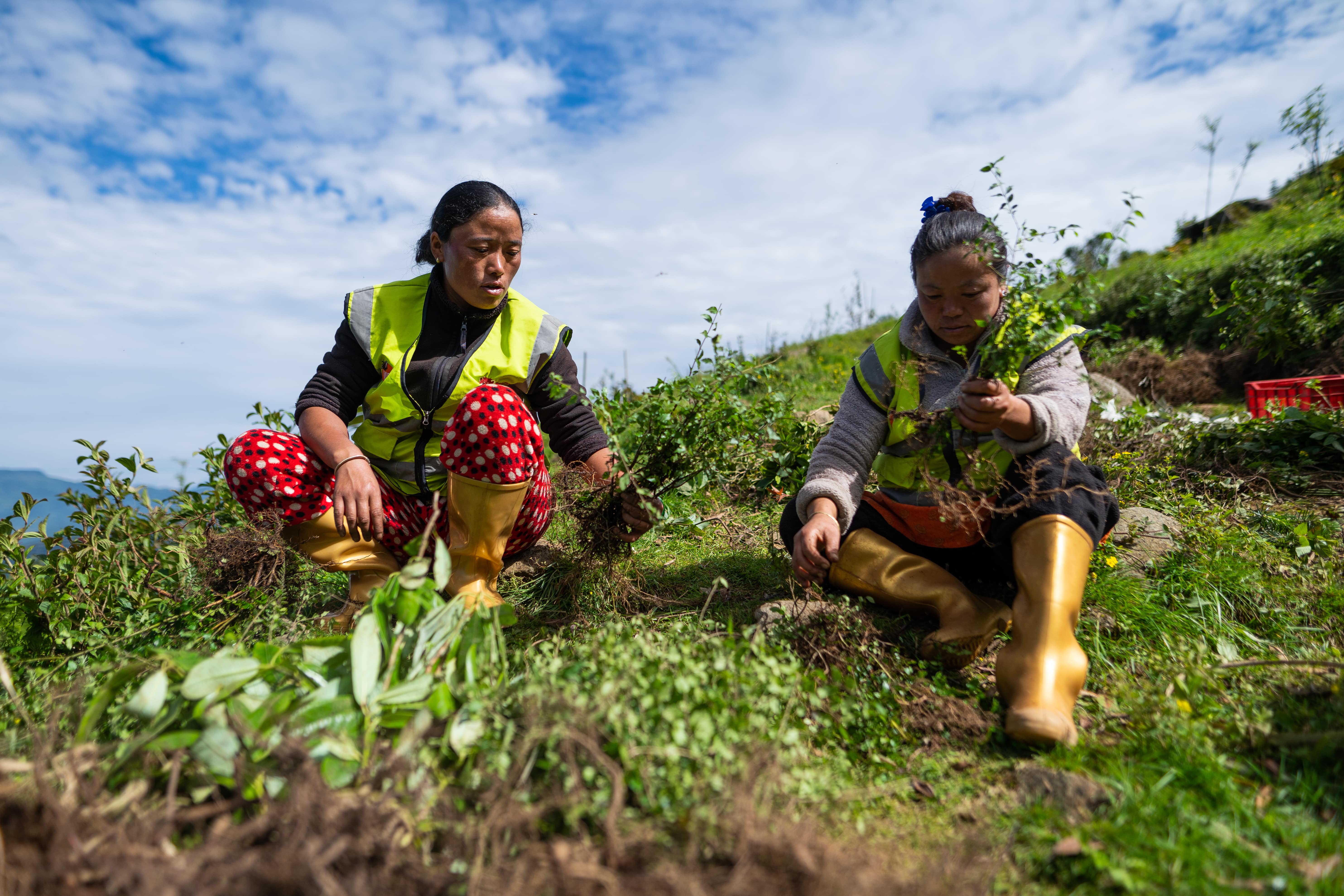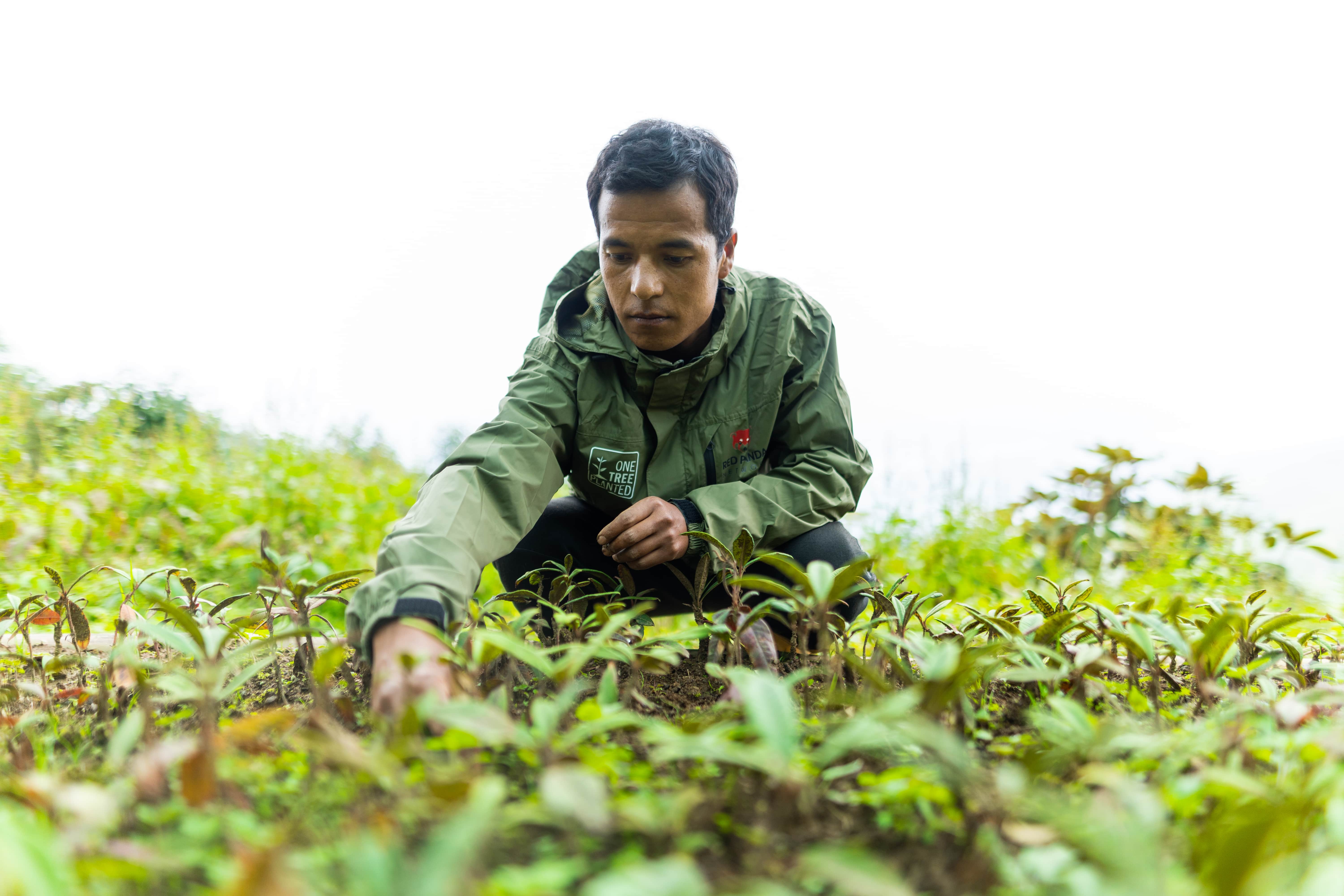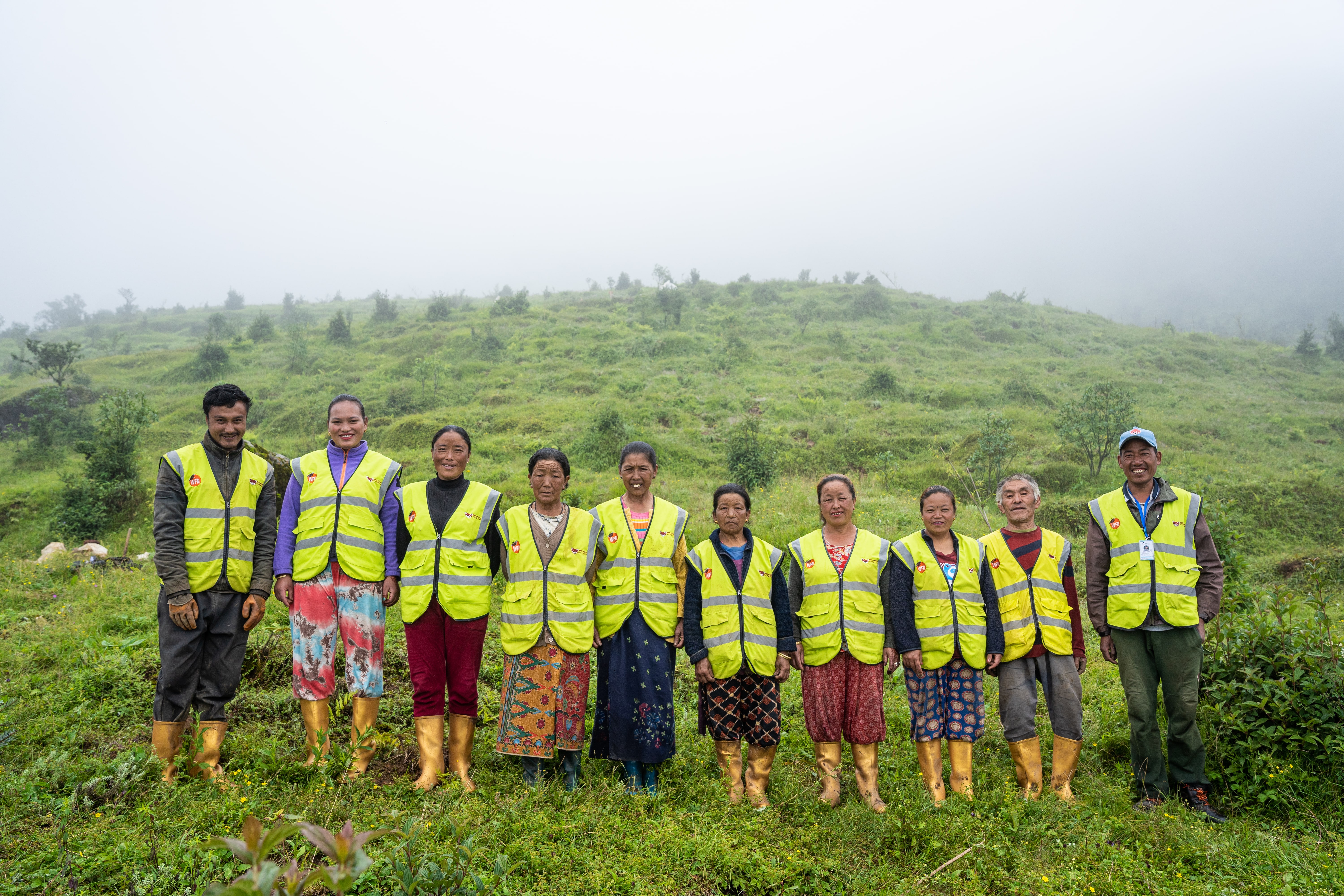A Corridor for Red Panda Conservation

Make twice the impact through the end of the year with gift-matching that plants trees, restores red panda habitat, and creates a community-protected forest corridor!
Deforestation is degrading the habitat of red pandas across Nepal. Without the support of their ecosystem – with bamboo and fruits to eat and tree cover for protection – red pandas are in serious danger of extinction.
Habitat loss is the primary threat to red pandas. Right now, forests in Nepal are fragmented into more than 400 small patches known as “habitat islands.” These islands isolate red pandas and increase their vulnerability to resource depletion and poaching.
As forests in Nepal are converted into farmland and settlements, they are further degraded by livestock grazing and resource harvesting. These biodiverse forest ecosystems must be restored and protected to conserve the red pandas and the thousands of other forest species that depend on them.
Fortunately, Red Panda Network (RPN) is working diligently to restore red panda habitat across Nepal. With your support, we can reach our goal of planting 196,000 trees and restoring 200 hectares of degraded forest in 2024!
You can double your impact on red panda conservation by donating this holiday season; now, through the end of December, all gifts will be matched x2 by our First Panda Challengers!

Restoration Guardians planting trees in Jaubari, Nepal.
Why is Red Panda Conservation Important?
Not only are red pandas cute, but they are crucial to the conservation of their ecosystem. Red pandas are an indicator, umbrella, and flagship species for the Eastern Himalayan Broadleaf Forests: their presence in an ecosystem protects all its inhabitants.
The Eastern Himalayan Broadleaf Forests is a biodiversity hotspot known globally for its species richness. Many species found in the Eastern Himalayas are not found anywhere else in the world. Red pandas play a vital role in maintaining balance in this ecosystem.
However, red pandas are endangered and their global population is in decline. It is estimated that as few as 2,500 red pandas could remain in the wild.
By restoring red panda habitat and protecting wild red pandas, we can support the conservation of the entire Eastern Himalayan Broadleaf Forest and the sustainable livelihoods for the people living in and around it.

Make double the difference for reforestation of red panda habitat in Nepal!
How Does My Support Help the Red Pandas?
Our Plant A Red Panda Home campaign restores red panda habitat, reconnects fragmented forests, and supports sustainable livelihood in Nepal. The goal is to establish a biological corridor where red pandas and other threatened species will thrive.
With your support in 2023, we planted nearly 75,000 trees! We restored over 70 hectares of red panda habitat, providing local people with 1,850 days of sustainable employment. We also constructed three Forest Conservation Nurseries where the saplings used for reforestation will be cultivated!
Since the start of the campaign in 2019, we have planted nearly 650,000 trees, reforesting 643 hectares of red panda habitat in Nepal.
With your continued support in 2024, we will bolster these conservation efforts, planting even more trees and promoting sustainable livelihoods across Nepal. Please donate today to be a part of the movement protecting red pandas and restoring their homes!

Nursery guardian in Forest Conservation Nursery.
Your Support in Action
Red Panda Network takes a landscape-level approach to conservation; to preserve the red pandas, we must also protect the forests they depend on. In 2024, we aim to plant 196,000 native trees in red panda habitat.
Many of these trees will be grown in the 25 Forest Conservation Nurseries we plan to construct in 2024. In these nurseries, we will grow and nurture 50,400 native seedlings to restore the forest ecosystem.
We will reforest at least 200 hectares of land that were once lush forests but are now barren due to deforestation. We will target areas like Jaubari, Ilam district, that can help establish habitat contiguity for pandas.
Our forest restoration efforts don’t stop there; we hope to purchase 25 hectares of private land for restoration in critical habitat areas. On the land we restore, we will create and restore more than 65 wildlife waterholes, creating a safe space for red pandas and animals of all kinds to access clean water.
This work will provide at least 15,000 days of sustainable alternative employment for local communities, promoting sustainable livelihoods in Nepal and decreasing unsustainable means of living that impact red pandas and their habitat, like poaching or timber harvesting.

Members of Jaubari Restoration Committee.
Donate Today and Double Your Impact!
RPN is working hard to protect red pandas and restore their habitat, but we must act now to ensure a future for the first panda.
All of the restoration work we have done so far, including planting nearly 650,000 trees and reforesting 643 hectares of red panda habitat in Nepal, is because of supporters like you. We cannot protect and conserve red pandas without you.
Every dollar you give through December will plant two trees — thanks to the matching fund — in red panda habitat! Donate now to help us save the endangered red pandas and their habitat.

Members of Restoration Guardian team in Jaubari, Nepal.
